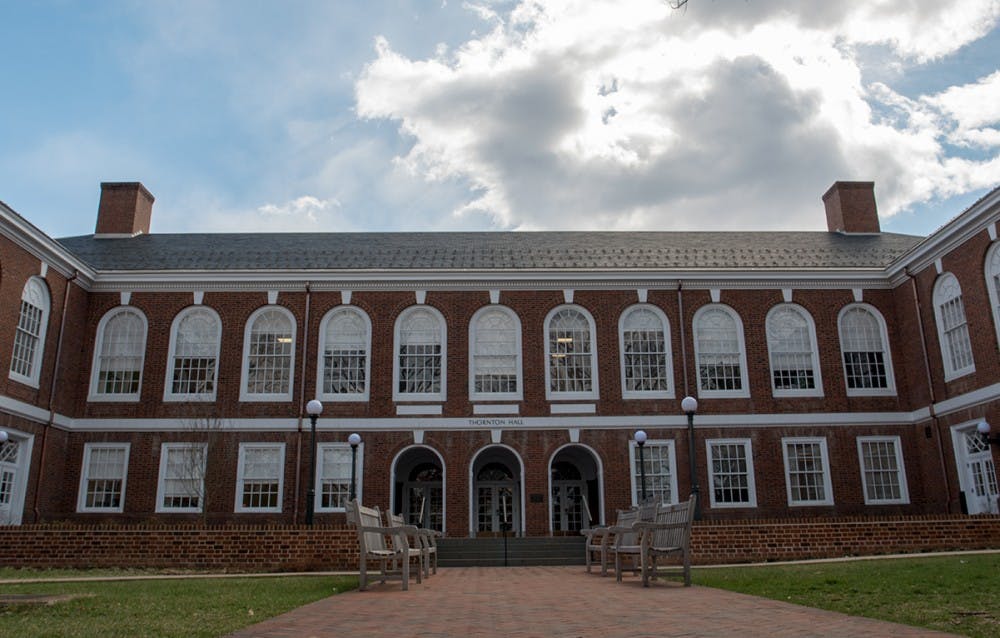Women make up less than a fourth of faculty in many STEM departments in the College at U.Va., and approximately a third of engineering students are female. In contrast, over half of the faculty in the applied mathematics, or APMA, program in the Department of Engineering and Society in Engineering School are women.
With 12 full time faculty, the APMA program has seven female faculty members.
“We believe that no other STEM program has 58+% female faculty, as we do,” Applied Mathematics Asst. Prof. Gianluca Guadagni said in an email.
This percentage is “what every single STEM field should strive for,” said fourth-year Engineering student Courtney Carpenter, who is a teaching assistant for an APMA course. “I think it’s really an inspiration … it’s really nice to have that diversity of view.”
This percentage is especially unique for a program in Engineering and Society Department at the Engineering School. As Dana Elzey, an associate professor of engineering and society, said in an email, engineering has a long history and reputation of being a male-dominated profession.
“While the percentages of women in engineering disciplines are still too low, they are improving,” said Elzey.
According to Elzey, new engineering fields in areas such as health, environmental sustainability and systems engineering are “changing the face of engineering and helping to attract more women to the profession.”
Applied mathematics is a field centered around connecting mathematical concepts to real-world applications in disciplines such as engineering.
Elzey said that “the engineer's knowledge of mathematics and science are what distinguishes her from other problem solvers and designers.” Therefore, APMA courses are often prerequisites for many courses in the engineering degree programs.
“I can’t speak to how or why APMA faculty enjoy such a high percentage of women,” Elzey said, “but I applaud them for it.”
Noah Rushin, a third-year Engineering student and teaching assistant for Ordinary Differential Equations, said that the program does not judge a student’s ability based on their gender, religion or cultural background. He said that this “plays a big role in why there’s so much gender diversity” in the department.
Rushin said that the APMA program also does “a good job of making sure that everybody feels welcome … and that their abilities are not predetermined.”
Although the high percentage of female faculty in the APMA program is atypical of many STEM fields at the University, this percentage “did not occur due to a grand plan,” according to Senior Lecturer Stacie Pisano, who teaches Single Variable Calculus II and Applied Statistics and Probability.
Pisano said in an email that without focusing specifically on gender roles, a “great team” was assembled from faculty who work well together and are dedicated to developing students’ applied math foundations.
In her own career in STEM, Pisano did not find her gender to be a barrier.
“In my career as an engineer, a technical manager, and a teacher of Applied Math, I have avoided thinking about obstacles, especially as related to being female,” Pisano said. “If there is an obstacle, then tackle it, move it, squash it.”
This article has been updated to reflect that applied mathematics is a program within the Department of Engineering and Society in the Engineering School. This article previously misnamed the program as the Applied Mathematics Department.







